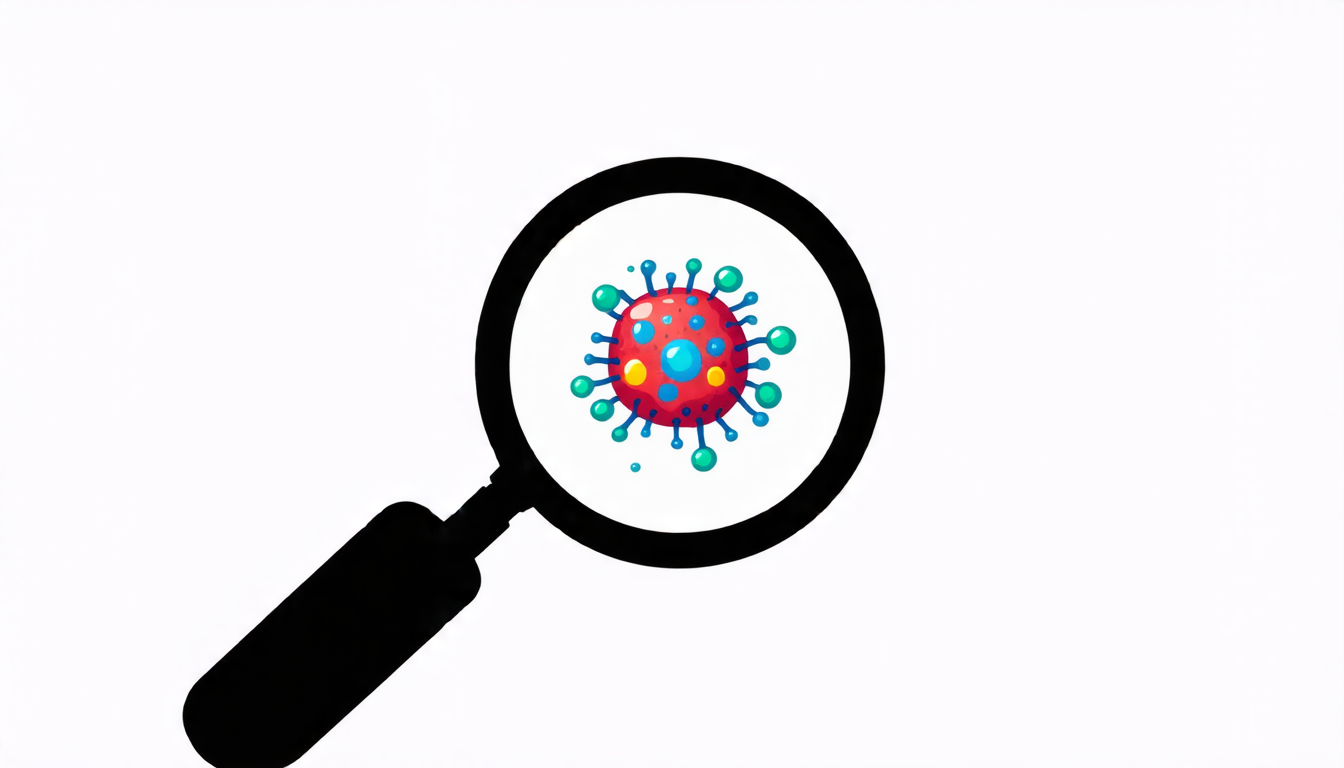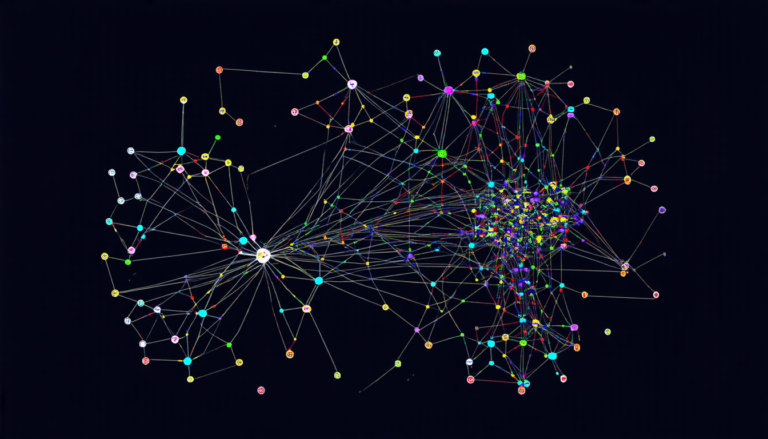Sunday 14 September 2025
A new approach to cancer diagnosis has been developed, which uses artificial intelligence to analyze digital images of tumour tissue. The technique, known as HistoViT, is capable of accurately identifying different types of cancer and distinguishing them from benign lesions.
The development of HistoViT is the result of a collaboration between researchers from Embry-Riddle Aeronautical University and several other institutions. The team used a combination of machine learning algorithms and deep neural networks to train their model on a large dataset of digital images of tumour tissue.
The first step in developing HistoViT was to create a preprocessing pipeline that could convert whole-slide images into PyTorch tensors, which are a type of data structure commonly used in machine learning. This process involved normalizing the images and standardizing them through data normalization.
Once the preprocessing pipeline was complete, the researchers trained their model on a dataset of 12,000 digital images of tumour tissue. The images were divided into four categories: breast cancer, prostate cancer, bone cancer, and cervical cancer.
The results of the study were impressive. HistoViT achieved classification accuracies of 99.32% for breast cancer, 96.92% for prostate cancer, 95.28% for bone cancer, and 96.94% for cervical cancer. These results are significantly better than those achieved by existing deep learning models.
The researchers also tested their model on a dataset of images that had been previously annotated by human pathologists. The results showed that HistoViT was able to accurately identify the same types of cancer as the human experts, and in many cases, it was even more accurate.
One of the advantages of HistoViT is its ability to analyze digital images of tumour tissue quickly and efficiently. This could potentially lead to faster diagnosis times for patients with suspected cancer.
In addition, HistoViT has the potential to be used as a tool to aid human pathologists in their work. By providing an additional layer of analysis and classification, HistoViT could help reduce errors and improve the accuracy of diagnoses.
The development of HistoViT is an important step forward in the field of cancer diagnosis, and it has the potential to make a significant impact on patient care. As researchers continue to refine their model and test its performance on larger datasets, we can expect to see even more impressive results in the future.
Cite this article: “HistoViT: A New AI-Powered Approach to Cancer Diagnosis”, The Science Archive, 2025.
Artificial Intelligence, Cancer Diagnosis, Digital Images, Tumour Tissue, Machine Learning Algorithms, Deep Neural Networks, Breast Cancer, Prostate Cancer, Bone Cancer, Cervical Cancer







